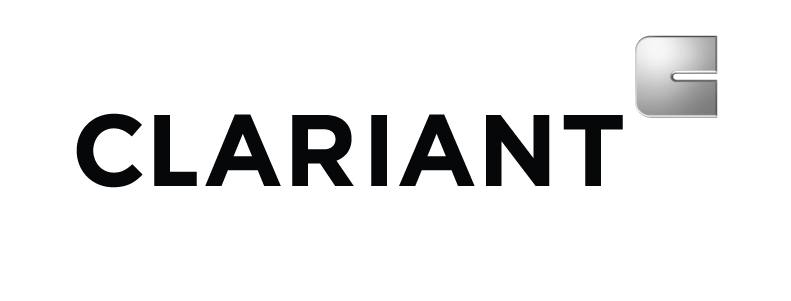Many consumers are looking for products that contain alternatives to traditional preservatives. John Woodruff takes a look at some of the ingredients that can help formulators meet this demand
Microbiologists, toxicologists and chemists have created a list of preservatives of known efficacy and toxicity. They were listed in Annex VI of Cosmetics Directive 76/768/EEC, which will be replaced by Annex V of the new EU Cosmetics Products Regulation (EU Regulation 1223/2009) in July 2013. This later document defines preservatives as substances which are exclusively or mainly intended to inhibit the development of micro-organisms in the cosmetic product. Article 14 states that cosmetic products shall not contain preservatives other than those listed in Annex V.
Despite these clearly stated regulations a significant proportion of consumers have been persuaded that the acknowledged preservatives are unsuitable for their needs and seek alternative systems. Ingredients suppliers have been looking to supply this niche market and a variety of possible systems have been developed.
For all formulators interested in reducing reliance on established preservatives I can recommend Preservative-free and self-preserving cosmetics and drugs by John Kabara and Donald Orth,[1] which was published in 1997. Kabara and Orth proposed the use of hurdle technology, which involves reducing water activity and availability, lowering pH, chelating metal ions and disrupting cell membranes with surface active ingredients. The book includes chapters on the effects of pH, water activity, surfactants, fatty acids and esters, biomimetic phospholipids, antioxidants, fragrance components and chelating agents on micro-organisms.
As an introduction to hurdle technology, Inolex has produced Alternative preservation – a safe and sensible solution for cosmetic formulation which describes the many ways that cosmetic products may be preserved while avoiding those in Annex V and also briefly describes the mechanism that makes alternative systems work.
For information about the constituents of essential oils and plant extracts and their antimicrobial properties formulators can refer to dweckdata.com. Tony Dweck is the acknowledged expert on all things natural and his website includes copies of his many lectures and papers on the subject plus details of his remarkable books on cosmetic ingredients.[2]
Surprisingly, although the general trend has been towards a reduction in the use of established preservatives in cosmetics, a look at the INCI listing of well known brands reveals the presence of preservatives in anhydrous products, as well as in products with a high proportion of ethanol, in antiperspirants with 25% aluminium chlorhydrate and in products at extremes of pH. Other products reveal an excessive number of preservatives where the formulator has lacked attention to detail and additional preservatives have found their way into the formula via preserved additives. The first step in avoiding Annex V preservatives is to determine whether preservatives are actually necessary.



